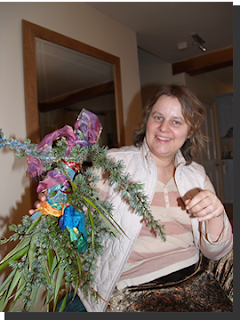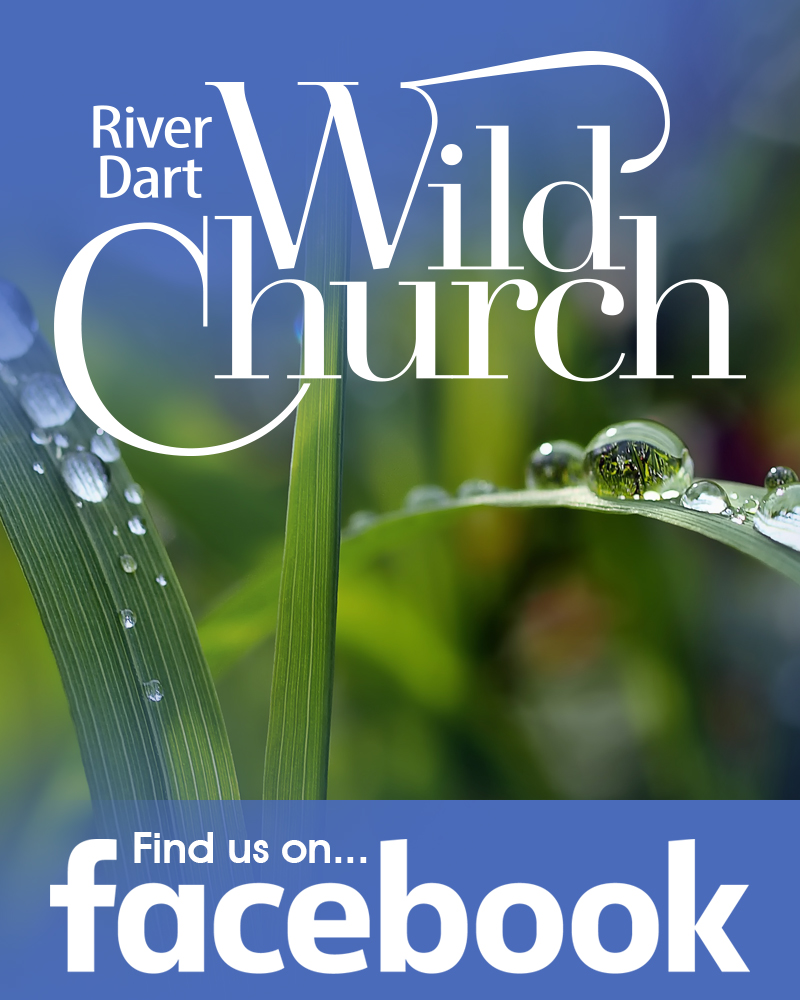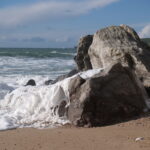 |
| Joyce and Sue get crafty |
Although Brigit’s Day/ Imbolc/ Candlemas was ‘officially’ on Tuesday, I always feel that the festivals are more like gateways into a season that is based not in the calender but in real times events such as, in this case, one’s own first signs of spring. For me this has included the experience of the thaw, the flowering of snowdrops, my first dandelion ‘sun’ and the way the birds sing in the mornings now. All this just to justify why I suddenly feel moved to write about this festival ‘a little late’!
Imbolc (pronounced without the b), apparently from the word Oimelc meaning ‘ewe’s milk’, is an ancient festival dedicated to the maiden aspect of the Goddess in her guise as Brigid, Brigit or Bride, goddess of learning, poetry, prophetic inspiration, craftmanship (especially smithcraft! ), agriculture and healing.
She is a ‘virgin’ goddess who brings new life to the earth in the very early spring, after the dark, cold depths of winter when the land is in the grip of the crone goddess Cailleach. Imbolc customs include blessing the hearth and creating Bridie dolls of straw, which are later buried in the earth for fertility. Imbolc is also a time to visit sacred wells and springs for blessing and inspiration.
 |
| Abigails Bridie Doll |
Brigid was Christianised as St. Bridget, who in some folk traditions is described as the foster mother of Christ, perhaps symbolising the transition from the old ways to the new Christian faith in Britain – just as Imbolc became Candlemas, celebrated on 2nd February. On Candlemas the Catholic and some other Churches celebrate the purification of the Virgin Mary after the birth of Christ and the presentation of Christ in the Temple at Jerusalem. Church traditions include blessing candles and holding processions with lighted candles, symbolising the light of Christ coming into the world.
Brigit often features in the Carmina Gadelica, a collection of prayers and poems collected by Alexander Carmichael from the people of the Highlands and Islands of Scotland and published in 1900. She is often called upon with Mary and the archangel Michael for blessing and especially when ‘smooring the fire’ or banking it down so it will keep the hearth and home warm and last through the night. Here are just a couple of examples… may they be a blessing to you…
Prayer
The love of the Mary Mother be thine,
The love of Brigit of the flocks be thine,
The love of Michael victorious be thine,
With their arm each hour surrounding thee.
The great bounty of the sea be thine,
The great bounty of earth be thine,
The great bounty of heaven be thine,
Thy life be hale and fruitful.
The mild grace of the Father be thine,
The loving grace of the Son be thine,
The loving grace of the Spirit be thine,
Laying thee with the graces.
Smooring the Hearth
I will smoor the hearth
As Brigit the Foster-mother would smoor.
The Foster-mother’s holy name
Be on the hearth, be on the herd,
Be on the household all.









Leave a Reply